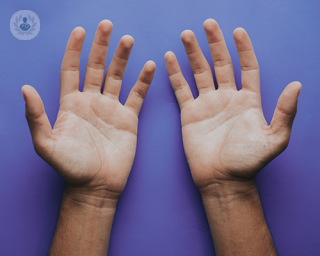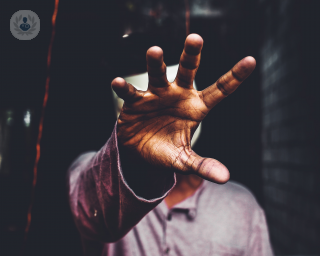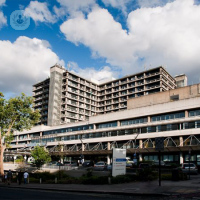WALANT (wide awake hand surgery)
Mr Onur Berber - Orthopaedic surgery
Created on: 05-14-2020
Updated on: 10-09-2023
Edited by: Kate Forristal
What is WALANT?
WALANT stands for Wide Awake Local Anaesthetic No Tourniquet and is a surgical technique allowing a surgeon to operate on your hand while you are awake. By injecting lidocaine (local anaesthetic) in combination with epinephrine (adrenaline) into the hand, it avoids the need for general anaesthesia and helps to control bleeding so a tourniquet isn’t required.
An orthopaedic surgeon will carry out this procedure.

Why is WALANT performed?
There are many advantages to performing WALANT hand surgery over general surgery which is why it is a popular choice for many surgeons. The advantages of WALANT are:
- It can sometimes be performed in the surgeon’s office rather than in an operating room
- It avoids the complications and side-effects of general anaesthesia or sedation
- You won’t be required to fast before the operation
- The duration of the local anaesthetic injected into the hand can be extended if needed
- The ability for you to move your fingers during the operation can be very helpful for surgeons
- It can be carried out on patients with underlying medical problems who otherwise can’t undergo major surgery
- Recovery is much shorter and you can return to normal activities quicker
- The anaesthetist and nursing staff are no longer needed which represents a huge saving in time and money
- The medical waste produced from this procedure is much lower so it is better for the environment
What conditions is this procedure used for?
Not every procedure can be performed using WALANT hand surgery, however, there is still a wide range of conditions for which it can be used:
- Arthritic conditions
- Nerve problems
- Ligament repairs
- Tendon disorders or repairs in the elbow, forearm, hand and wrist
- Trigger finger release
- Carpal tunnel release
- Dupuytren's contracture release
- Fracture fixation
- Removal of masses
- Soft tissue problems
What happens during the procedure?
The procedure is typically performed in the clinic setting. Upon arrival, the surgeon will discuss and detail the operation plan to you.
Shortly before the operation, a mixture of local anaesthetic and very dilute adrenalin is injected into your hand to numb it. Normally, in conventional general anaesthetic hand-surgery, a tourniquet is used on your upper arm to stop too much blood flowing into the hand during the operation. However, in WALANT hand surgery, the small amount of adrenalin in the local anaesthetic solution temporarily restricts the fine blood vessels in the hand, which allows the operation to be performed without the need for a tourniquet.
The skin will go white around the area of the injection but this does not stop larger arterial or venous blood flow. Your surgeon will then wait up to 15 minutes before making an incision on your hand. In the meantime, they will clean your hand thoroughly to prevent the chances of infection.
Once the surgeon has completed the operation, they will clean the hand and close the incisions using stitches, which you will be able to see as you will be awake.
What is the recovery like?
The recovery depends on the type of surgery you had, but generally, it is very quick. Once the procedure is completed, you will be able to straight away talk to your surgeon about the subsequent steps.
You will need to rest your hand and give it time for the incision wounds to heal before using it normally again. This may take between 7-10 days. You might also have to return to the doctor’s office to have the stitches removed.
Are there any possible complications?
There aren’t many complications and it’s rare for any to arise. However, some people have reported that their finger remains white (less blood flow) for up to four hours after the surgery, in which case, you should massage and try to rewarm the digit. If this doesn’t work, you may have to return to see the surgeon who will inject phentolamine at the same injection sites to reverse the effects of the local anaesthetic and adrenaline injection.







